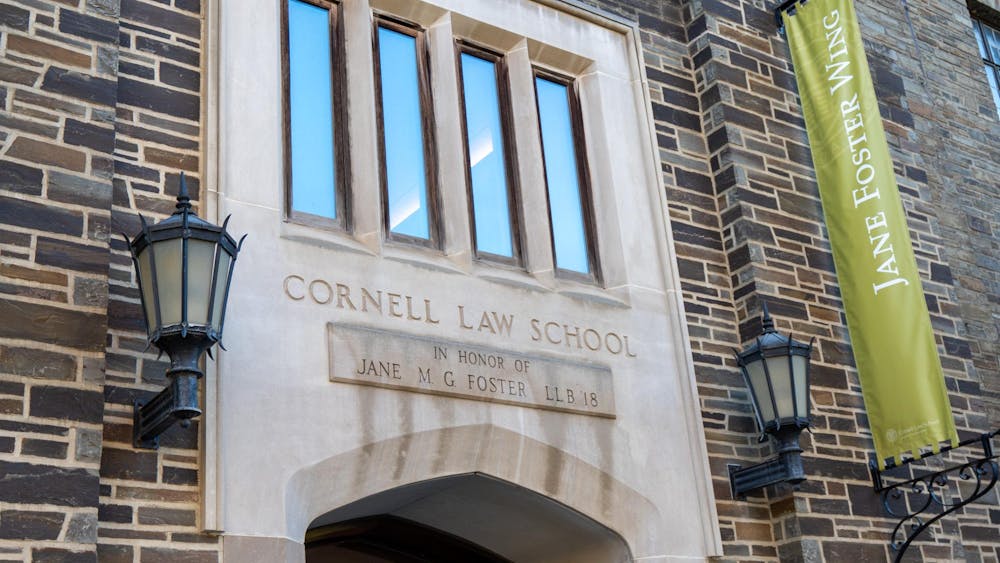Cornell researchers have released case studies of northeastern food supply chains that could help policymakers understand the needs of independent supermarkets that provide food security to low-income communities.
Researchers, led by Prof. Miguel Gómez, applied economics and management, conducted interviews and tracked food prices along food supply chains to create an economic picture of how food moves from grower to supermarket to consumer.
Part of a seven-year, multi-university investigation, the project focused on 11 supermarkets in rural and urban areas across the Northeast and was funded by the U.S. Department of Agriculture to study the role of regional food production in providing food security in the Northeast.
Because low-income areas tend to have small supermarkets with less ability to order from large manufacturers, the researchers investigated whether “suppliers and mainly growers in the northeast would be sufficiently able to reach these supermarkets,” Kristen Park, extension associate of the Charles H. Dyson School of Applied Economics and Management, told The Sun.
“Many times … it’s a smaller, independently owned grocery store or supermarket,” Park said. “They don’t have enough volume to be able to buy directly from manufacturers because manufacturers would never fill up a big truck of canned peaches and then drop off one pallet.”
The team also looked into the differences between regional supply chains and those originating in states such as California and Washington to understand whether regional supply chains might sometimes provide a better option.
To study these questions, the researchers could not rely on existing data, according to Park.
“When we’re looking at supply chains and trying to look at regional supply chains and other supply chains, there isn’t any data that’s collected by the government or by companies that’s publicly available … So we went with the case studies in order to unearth that data ourselves,” she said.
Obtaining that picture involved a bit of food detective work. Researchers traced a selection of eight common food items along the various junctions of the food supply chain.
“We interviewed the supermarket owner, manager and then we interviewed their suppliers,” Park said. “We asked them about how much volume they move, how much they paid in transportation, what were the prices — purchase price, selling price — to get a sense of what volumes came from what areas of the country.”
What they discovered left them with important knowledge: supermarkets could generally obtain healthy foods through wholesale providers, including foods from the Northeast.
“We found out that … growers were big enough and had enough volume that they sold through the wholesaler and then everything that they had to offer could be offered through the supermarket,” Park said.
The researchers also discovered clear differences in transportation costs between regional and non-regional supply chains.
One of their most important findings was that lower transportation costs and fewer delays times will allow “the Northeast to continue to be an important supplier,” according to Park.
She also compared regional suppliers to other suppliers from an environmental perspective, saying that lower transportation costs also means less fuel consumption.
“The environmental impact is not built into the cost,” she said. “We’re not paying for the carbon dioxide emissions.”
Despite the lower transportation costs and fuel use, Park cautioned that the debate over whether regional supply chains are cheaper or more environmentally friendly is not resolved.
“A lot of times northeast production might not be as efficient as California,” she said. “They can produce many items much cheaper than the northeast, even factoring in transportation.”
“We’ve barely touched the surface of some of these questions,” Park continued.
Still, Park said that her team’s research is an important step towards creating better numerical models of food production that could help policymakers to make informed decisions about which areas of production and transportation to support and to evaluate whether there might be “policy measures that are inhibiting those producers.”
The hope is that more informed policies will benefit both independent supermarkets and producers throughout the region.
“You can use the numbers to help talk to policymakers or other people about the northeast and it continuing to be a provider of food in the region,” she said.

Cornell Researchers Tackle Food Security in Low-Income Communities
Reading time: about 4 minutes
Read More










